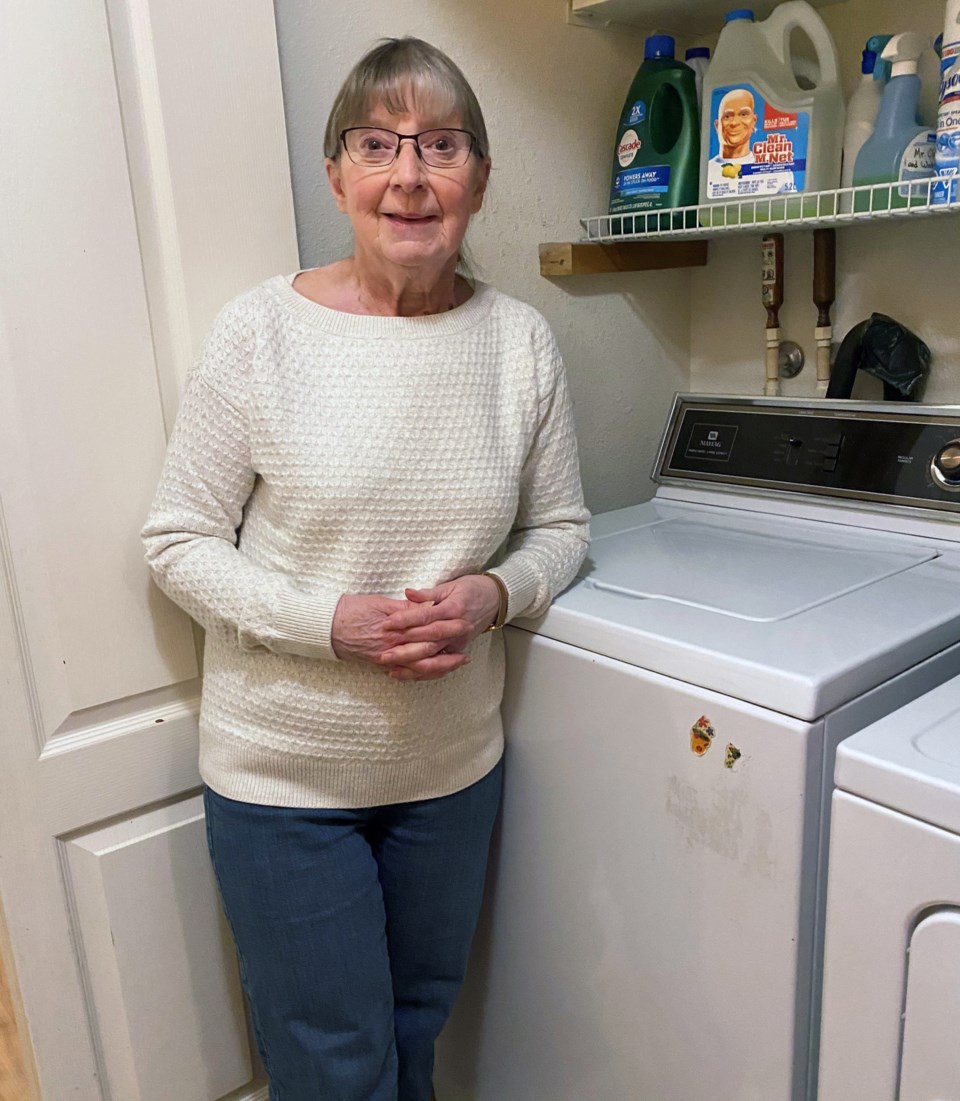Ted Clarke’s washing machine story was a bit controversial, it seemed, with some folks asking if it was a slow news day.
On the other hand, it was the top trending story for a while on the Citizen website and I think I know the reason why.
This was no mere story about a workhorse appliance that may have beaten the grim reaper of mechanical failure. This was a story about a broken economic and industrial system.
First off, I can vouch this was no one-off. I’ve got the exact same washer machine- a Maytag Heavy Duty, Two-Speed, Extra Capacity, identical to Sally Wilson’s. I don’t want to jinx myself, but my machine has been a tank for the six years I’ve had it.
So I think it’s fair to say this particular example of industrial design was an outlier. There are other examples. The 12 valve Cummins engine, the compact tristar vacuum, and up until 1924, most of our lightbulbs.
There was a great film back in 2010 called The Light Bulb Conspiracy about what happened in 1924 and what followed. The leading lightbulb manufacturers, what became known as the Phoebus Cartel, met in Geneva where they agreed to Gerry-rig the lightbulbs so they burnt out after 1,000 hours.
This instigated an underpinning feature of modern industrial capitalism- don’t build things to last. That’s bad for business, just as Cornell Capital recently discovered when they bought Instapot.
Planned obsolescence, the intentional construction of junk that breaks down, spread from lightbulbs to automobiles and to points in between. It became such a powerful concept that by 1932 there were popular ideas of legally requiring the construction of low-quality products to stimulate industrial demand and end the Great Depression!
The Second World War solved the problem by utilizing destruction as opposed to obsolescence, but once that ended, the concept went into overdrive in the post-war era. And here we are, a world beset with garbage, an economic model that has no place on a planet sick with consumerism and waste and tight budgets.
This problem is obviously one of political economy, not that we don’t know how to build things that last, as Sally’s washer machine proves.
In recent years there have been a growing number of calls for right to repair laws and even the criminalization of planned obsolescence.
I think it’s a good time to reimagine industrial design. Most of our manufacturing base has been offshored, so it’s not like our economy is benefiting from the constant replication of scrapyard detritus.
We have an opportunity to re-localize quality manufacturing and to do so we could follow the model of industrial design during the Second World War. Take the Willys MB, a standardized jeep design that was produced by multiple companies. You still had corporate competition, but the public interest (i.e. victory at war) meant civilian and military authorities played a big role in ensuring a quality design with interchangeable parts and simplicity of repair.
Imagine all the world’s washer machines utilized the same basic, time-tested, public-domain components. They could run forever.
Obviously you want to make sure the idea of standardizing industrial design gives us things like a 12 valve Cummins and not a Lada while allowing flexibility for improvement.
But it worked during the war. Maybe it can work again.
James Steidle is a Prince George writer.

